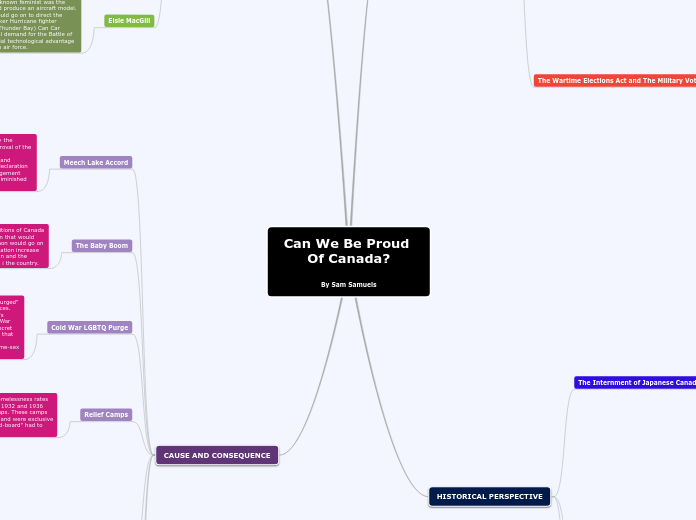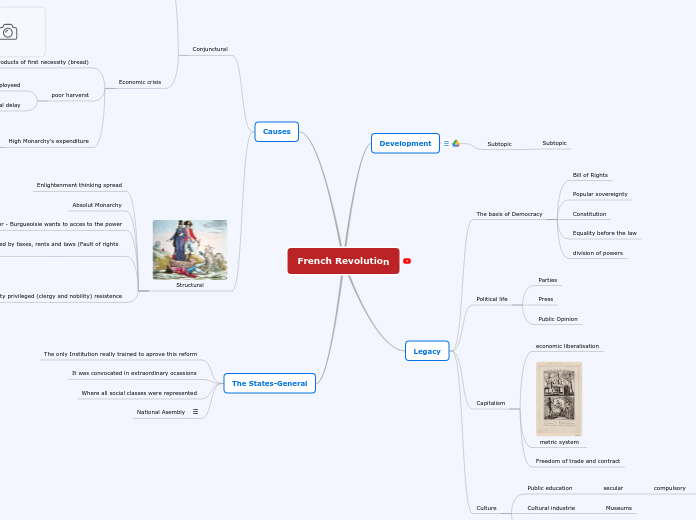a Kashifa Rauf 10 hónapja
145
HISTORY TIMELINE
During the late 18th century, significant events shaped the course of American and North American history. The American Revolution was a pivotal period where colonists, frustrated by high taxes and lack of representation, demanded more autonomy from the British government, encapsulated in their cry of "









